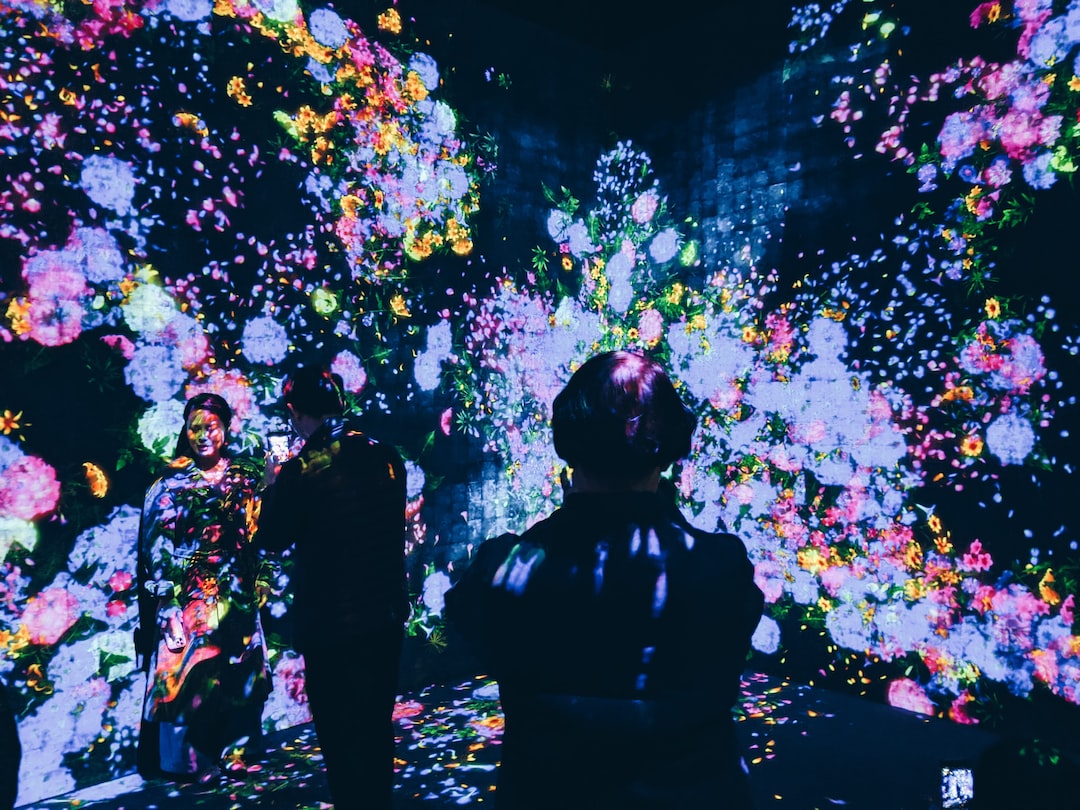Watercolor painting is a medium that has captured the hearts of artists and art enthusiasts for centuries. With its unique blending and translucent effects, watercolor has a beauty and charm that is hard to replicate with any other medium. If you are an aspiring artist looking to explore the world of watercolor, this blog post is for you. In this article, we will explore various techniques and tips that will help you get started, improve your skills, and create stunning watercolor masterpieces.
Firstly, let’s talk about the basic materials you will need to get started with watercolor painting. As a beginner, it is best to invest in a set of good quality watercolor paints, brushes, and watercolor paper. Look for paints that have a high pigment concentration, as these will produce vibrant and rich colors. Brushes come in different shapes and sizes, but as a beginner, a round brush and a flat brush will be sufficient. Watercolor paper should be thick and able to withstand multiple layers of paint and water without warping.
Once you have your materials ready, it’s time to get familiar with various watercolor techniques. One of the most fundamental techniques is wet-on-wet. This involves wetting the paper with clean water before applying watercolor paint. The wet surface allows the paint colors to blend and create beautiful gradients. Another technique is dry-brushing, where you apply the paint on dry paper, creating texture and depth.
Creating washes is also an essential skill to learn in watercolor painting. To create a wash, wet the paper evenly with clean water and then apply a diluted color in broad strokes. This technique is useful for backgrounds and even for creating a base layer for your paintings. For more controlled and detailed work, you can use the glazing technique. This involves applying translucent layers of paint one on top of another, building up color and creating depth gradually.
To add more interest and texture to your watercolor paintings, experiment with different materials and techniques. Try lifting off paint with a clean, damp brush or a paper towel to create highlights or to correct mistakes. You can also use salt, alcohol, or even plastic wrap to create unique textures and patterns. Remember, the beauty of watercolor lies in its unpredictability, so don’t be afraid to let accidents happen and embrace the happy accidents that may occur.
As you progress in your watercolor journey, it is crucial to practice regularly. Take inspiration from nature, still life objects, or even photographs and try to replicate them using watercolor. Observe the way light and shadow play on your subjects and experiment with different color combinations to capture their essence. Da Vinci once said, “Water is the driving force of all nature,” and in watercolor painting, mastering the art of capturing the fluidity and transparency of water is essential.
Lastly, don’t forget to have fun and enjoy the process. Watercolor painting is a free-flowing and expressive medium that allows for experimentation and spontaneity. Embrace the beauty of imperfections and celebrate your unique style. Remember, it’s the journey that matters, so be patient with yourself and keep exploring the magic of watercolor. With practice and perseverance, you will surely be able to create breathtaking watercolor masterpieces that capture the beauty of the world around you.
